Vasai is a city near Mumbai that has a rich and diverse history and culture. It is a place where you can witness the traces of ancient civilizations, the glory of Portuguese colonialism, the valor of Maratha warriors, the influence of British rule and the vibrancy of modern India. Vasai is a city that will surprise you with its charm and diversity.
Vasai derives its name from a Sanskrit word ‘Vaas’, which means ‘dwelling’ or ‘residence’. Vasai was a trading ground for many Greek, Arabs, Persian and Roman traders and merchants who entered through the west coast of India. Some of the famous visitors who passed through Vasai were Marco Polo in 1295 A.D., Cosmas Indicopleustes in the 6th century and Xuan Zhang in 640 A.D.
Table of Contents
The Portuguese Era
Vasai’s history changed dramatically when the Portuguese arrived in India and decided to capture the region from Sultan Bahadur Shah of Gujarat in 1534 A.D. The Portuguese built a massive fort in Vasai to defend their colony and participate in the lucrative spice trade and the silk route that converged in the area. They also made Vasai a shipbuilding center and a source of salt, fish, timber, granite, basalt rocks, rice, cotton, sugarcane and betel nuts. The Portuguese also introduced Christianity to Vasai and built magnificent houses, convents, churches and an orphanage.
The Maratha Era
Vasai’s glory under the Portuguese lasted for about 150 years until the Marathas under Chimaji Appa besieged the fort in 1739 A.D. and took over Vasai after a long and bloody battle. The Marathas renamed Vasai as Bajipur and ruled it for about 40 years until the British East India Company took over the territory in 1780 A.D. during the First Anglo-Maratha War.
The British Era
The British renamed Vasai as Bassein and made it a part of Bombay Presidency. The city witnessed a period of modernization and development under the British rule. The British introduced their language, education system, and industrialization, which transformed the city’s economy and infrastructure.
Palghar District
Vasai remained a part of Bombay until 2014 when it became a part of Palghar district after it was partitioned from Thane district. Today, Vasai is one of the fastest growing cities in the suburban Mumbai and forms a part of Vasai-Virar twin cities in the Konkan division of Maharashtra. Vasai has a diverse population of people belonging to different religions, castes, languages and cultures. Vasai is known for its festivals, cuisine, art, music and heritage.
Education
Vasai has a robust education system, with numerous schools and colleges catering to the city’s educational needs. The city has several renowned educational institutions, such as St. Augustine High School, Carmelite Convent, St. Francis High School among others.
Industrialization
Vasai has undergone significant industrialization in recent years, with several industrial estates and manufacturing units operating in the city. The city’s proximity to Mumbai and its well-connected transport system make it an ideal location for industries to set up their operations.
Connectivity
Vasai is well-connected to Mumbai and other cities in the region through a robust transport system. The city has a railway station that connects it to the Mumbai suburban railway network. The city also has a bus stand that operates buses to various destinations in the region. The Mumbai- Ahmedabad Highway also passes through Vasai, making it easily accessible by road.
Tourism & Places to Visit
Vasai has several places of historical and cultural significance that attract tourists from all over the world. If you want to discover Vasai’s history and culture, these are the best places to visit:
- Vasai Fort: The fort is a UNESCO World Heritage Site and a major attraction for tourists and history lovers. The fort covers an area of about 110 acres and has several ruins of churches, convents, houses and warehouses that showcase the Portuguese architecture and lifestyle. The fort also offers a panoramic view of the Arabian Sea and the surrounding landscape. You can also see some cannons, wells, tunnels and bastions that were used for defense purposes. The fort is open from 9 am to 6 pm every day.
- St. Gonsalo Garcia Church: This church is dedicated to St. Gonsalo Garcia, who was born in Vasai in 1556 A.D. and became the first Indian-born saint to be canonized by the Roman Catholic Church. He was martyred in Japan in 1597 A.D. along with 25 other Christians for preaching Christianity. The church was built in 1942 A.D. and has a statue of St. Gonsalo Garcia holding a cross and a palm branch. The church also has paintings depicting his life and martyrdom.
- Tungareshwar Temple: This temple is located on the Tungareshwar hills at an altitude of about 2177 feet above sea level. The temple is dedicated to Lord Shiva and is one of the oldest temples in Vasai. It is believed that Lord Shiva appeared here as a lingam (symbolic representation) after being pleased by the penance of sage Tungareshwar. The temple is surrounded by dense forests and waterfalls that offer a scenic beauty and tranquility to the visitors. The temple is also a popular destination for trekking and hiking enthusiasts.
- Suruchi Beach: This beach is one of the most popular beaches in Vasai and attracts many visitors who want to enjoy the sun, sand and sea. The beach has clean water and golden sand that make it ideal for swimming, sunbathing and playing. The beach also has a variety of stalls that sell snacks, drinks and souvenirs. You can also enjoy horse riding, camel riding and boating at the beach. The beach is open from 6 am to 10 pm every day.
- Chinchoti Waterfall: This waterfall is located in the Chinchoti village near Vasai and is a hidden gem for nature lovers. The waterfall is about 100 feet high and cascades into a pool of clear water. The waterfall is surrounded by lush greenery and rocks that create a serene and refreshing atmosphere. The waterfall is accessible by a trek of about 4 km from the Kaman village. The best time to visit the waterfall is during the monsoon season when the water flow is abundant and the scenery is mesmerizing.
- Vasai Cultural Centre: This centre is a hub for promoting and preserving the culture and heritage of Vasai. The centre organizes various events and activities such as exhibitions, workshops, seminars, festivals, competitions and performances that showcase the art, music, dance, literature, cuisine and traditions of Vasai. The centre also has a library, a museum, an auditorium and a gallery that display the history and culture of Vasai. The centre is open from 10 am to 6 pm on weekdays and from 10 am to 8 pm on weekends.
- Vajreshwari Temple: This temple is located in the Vajreshwari town near Vasai and is dedicated to Goddess Vajreshwari, who is an incarnation of Goddess Parvati. The temple is one of the Shakti Peethas, where it is believed that a part of Goddess Sati’s body fell after her self-immolation. The temple is also famous for its hot springs that are said to have medicinal properties. The temple attracts many devotees who come here to seek blessings and healing from the Goddess.
- Arnala Fort: This fort is located on the Arnala island near Vasai and was built by Sultan Mahmud Begada of Gujarat in 1516 A.D. The fort was later captured by the Portuguese in 1530 A.D. and then by the Marathas in 1737 A.D. The fort has a hexagonal shape and has three gates, four watchtowers and a lighthouse. The fort also has a temple dedicated to Lord Shiva and a mosque built by the Portuguese. The fort offers a splendid view of the Arabian Sea and the mainland.
- Jivdani Temple: This temple is located on the Jivdani hill near Vasai and is dedicated to Goddess Jivdani, who is another incarnation of Goddess Parvati. The temple is situated at an elevation of about 1375 feet above sea level and can be reached by climbing 1500 steps or by taking a ropeway. The temple is believed to be very ancient and has a legend associated with it. According to the legend, Goddess Jivdani appeared here to save a cowherd boy who was about to be sacrificed by a demon king. The temple also has a shrine dedicated to Lord Ganesh.
These are some of the places that you can visit to discover Vasai’s history and culture. Vasai is a city that has a lot to offer to its visitors who want to explore its past and present. Vasai is a city that will surprise you with its charm and diversity.
Climate
Vasai has a tropical climate, with hot and humid summers and cool and dry winters. The monsoon season, which lasts from June to September, brings heavy rainfall to the city, making it a lush and green landscape.
Keynote
Vasai is a city with a rich history and cultural heritage. The city’s architecture, language, and traditions reflect the influence of various empires and dynasties that have ruled it over the centuries. The city’s education system, industrialization, and transport system have transformed it into a modern and vibrant city. Its tourism potential and popularity as a film shoot location have added to its charm and appeal. Overall, Vasai offers a unique and enriching experience to visitors and residents alike, taking them on a journey through time and culture.
Reference: Wikipedia. https://en.wikipedia.org/wiki/Vasai

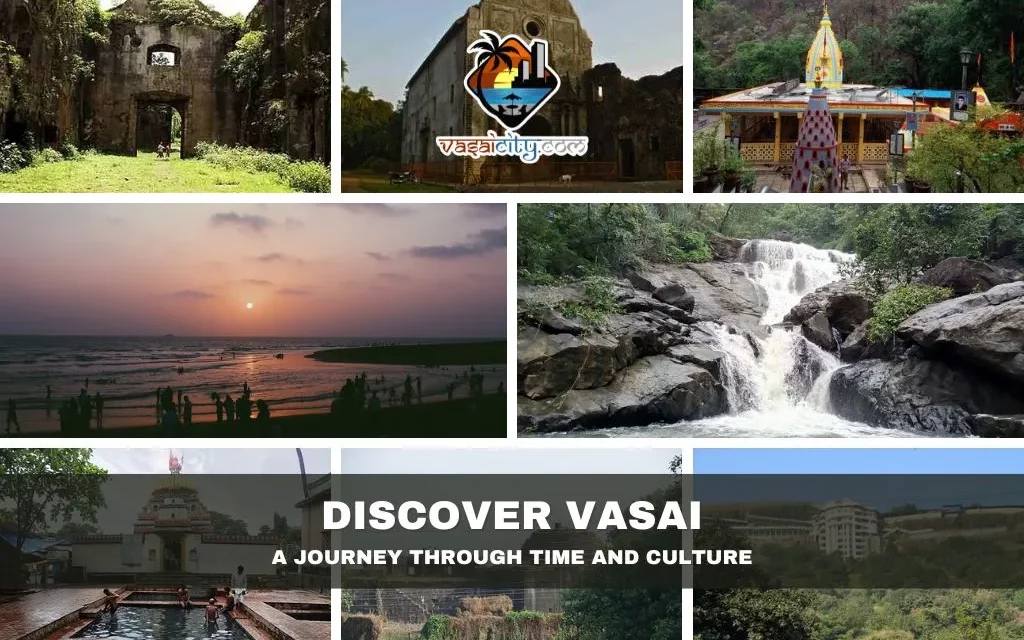
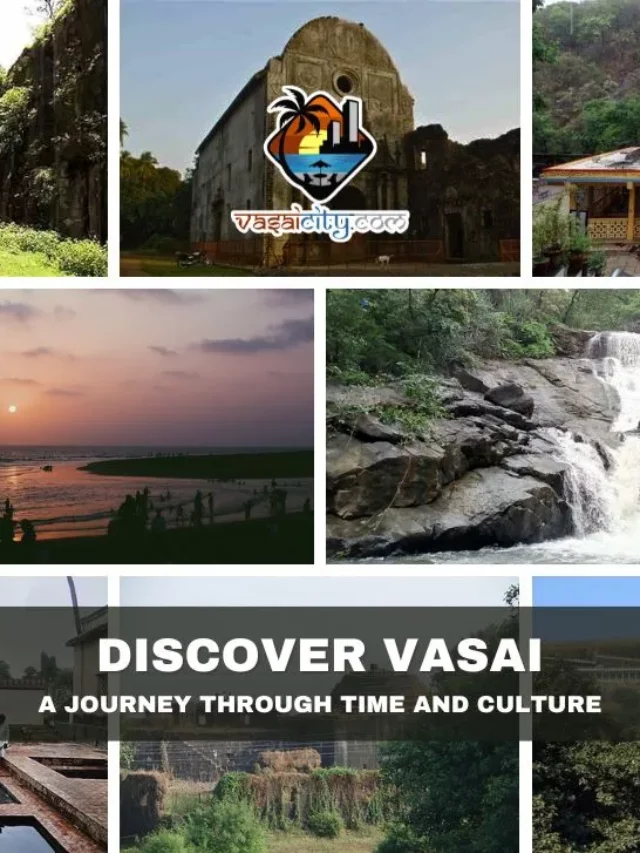
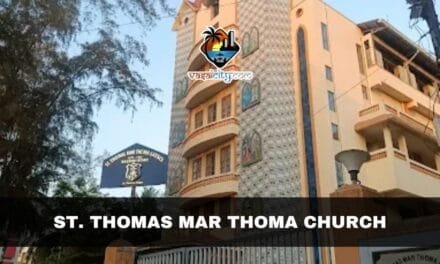
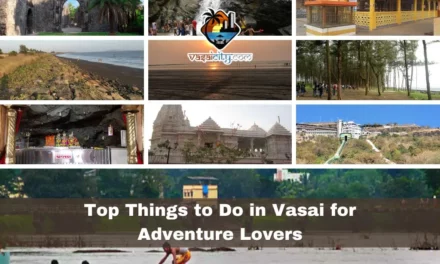
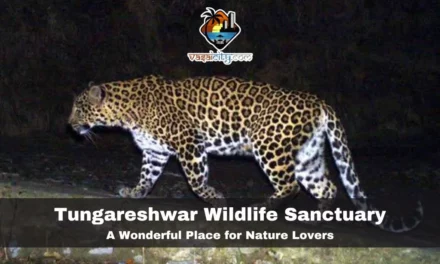
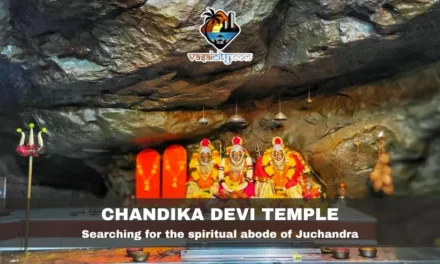
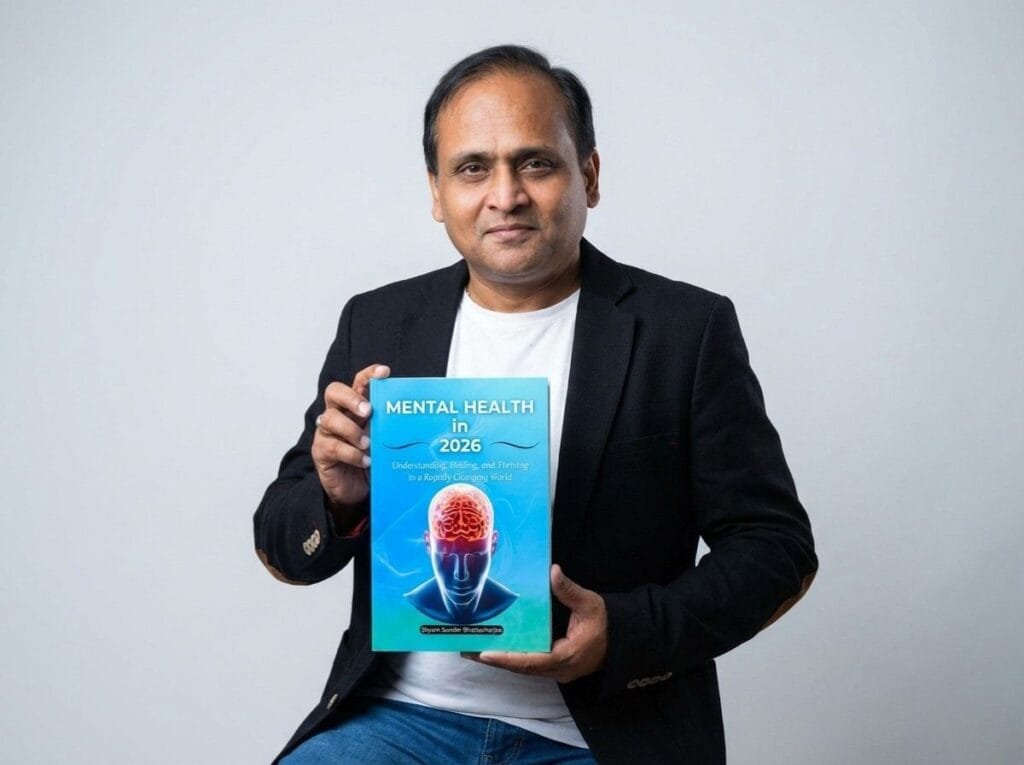




I’ve been living in Vasai for over 15 years and it’s so refreshing to read such a well-written summary of our city! The mention of Vasai Fort brought back so many childhood memories. Keep sharing more about our local gems!